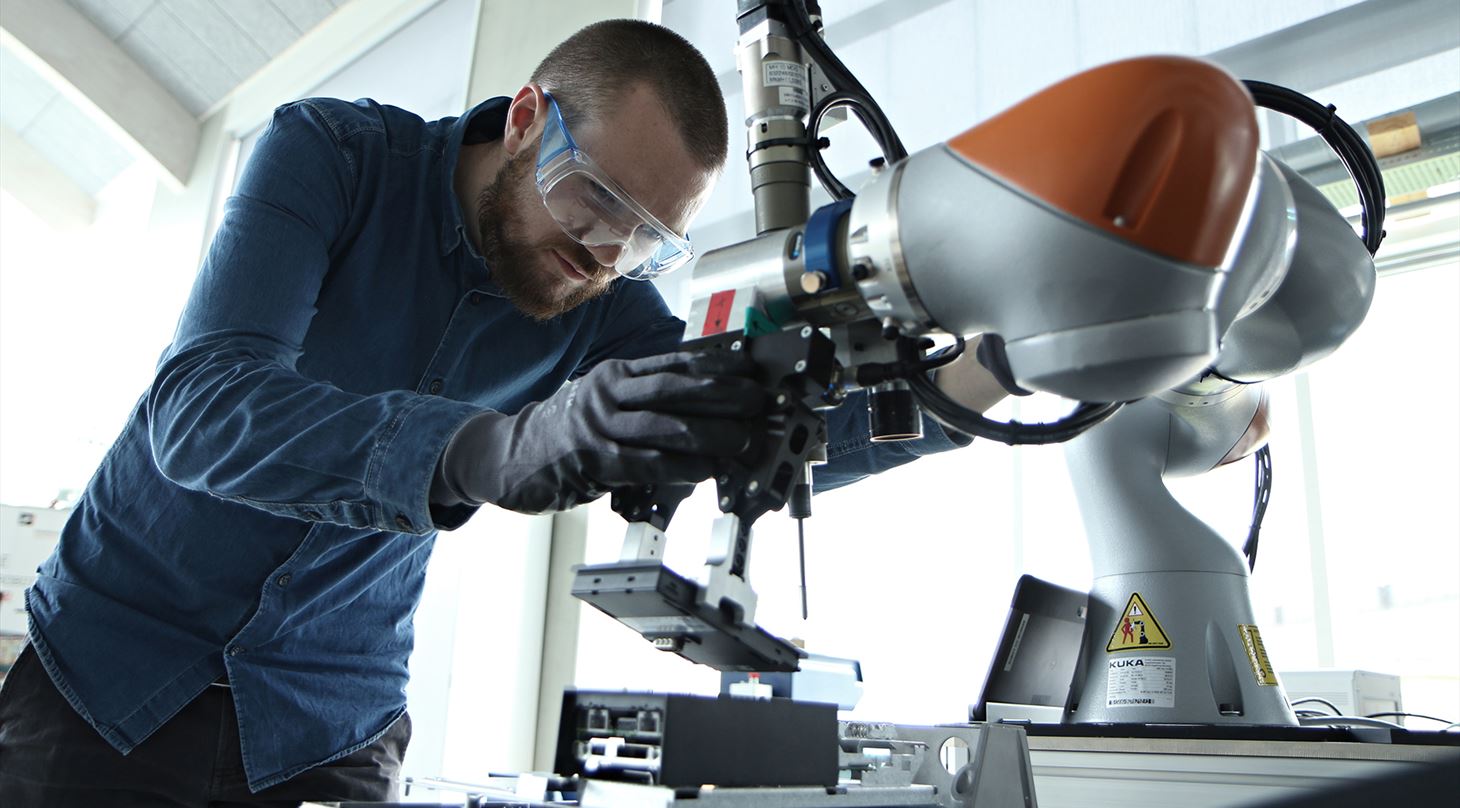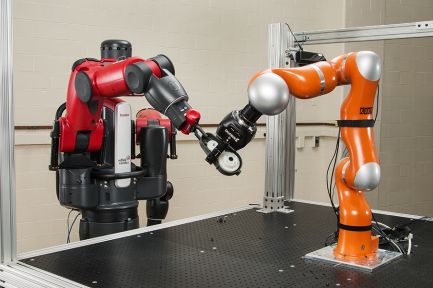The dawn of a new age in industrial automation has arrived with the rise of collaborative robots. The use of robotics in manufacturing and other industries is becoming increasingly widespread for many tasks, from welding to assembly lines. Collaborative robots (CoBots) are particularly advantageous because they work alongside humans, freeing workers to focus on higher-level tasks while improving production output and efficiency. This article will discuss the benefits of CoBots revolutionizing industrial automation.
Increased Workplace Safety
One of the primary benefits of CoBots revolutionizing industrial automation is increased workplace safety. By having robots work alongside humans in factories and other workplaces, workers are less exposed to dangerous materials and hazardous environments. CoBots can be programmed to complete tasks that would otherwise be too hazardous for human workers.
It includes working with high-temperature metals or chemicals and areas with extreme temperatures or dust levels. Robots can help protect workers from repetitive motion injuries caused by performing monotonous tasks over long periods. They also eliminate the risk of human error, resulting in a safer working environment.
Improved Accuracy
Another benefit of CoBots revolutionizing industrial automation is improved accuracy and precision. Unlike manual labor, robots can consistently perform tasks precisely and repeatedly. It is particularly advantageous in manufacturing, where accuracy is critical to creating high-quality products. Robots can detect when something is wrong or out of place and stop production until the issue is addressed, reducing waste, and improving product quality.
Robots can also be programmed to quickly adapt to changes in materials or processes, ensuring that the same level of accuracy remains over time. Maintaining accuracy and consistency with robots is much easier than with human labor.
Cost savings
Robots can also help to reduce costs in industrial automation. Companies can save on labor costs by automating tasks such as material handling and assembly line work. Robots can work 24/7 with no breaks or rest periods, producing more output than human workers. Robots also require minimal maintenance and have a long lifespan, which helps to offset the initial cost of purchasing them.
Companies that invest in CoBots for their automation needs will find significant cost savings over time. For example, a cost-benefit analysis of CoBots in one factory showed that the robots had saved over $400,000 in labor costs over two years.
Increased Productivity
Using CoBots in industrial automation can also increase productivity because robots can perform specific tasks faster than humans, and production output can be increased. By reducing the time it takes to complete specific tasks, more products can be made in a shorter period, resulting in higher profits.
As mentioned before, robots can work without breaks or rest periods, which increases productivity and helps companies meet tight deadlines. It is especially beneficial for industries requiring high accuracy or speed in their production process. It also helps reduce human workers’ workload, freeing them up for more complex tasks.

Improved quality
Robots used in industrial automation also have the potential to improve quality levels. By eliminating human error and ensuring consistency over time, robots help to create better-quality products. A robot can detect faults quickly and alert operators when something isn’t working so they can take steps to fix the issue. It helps reduce waste and ensure that products are manufactured accurately and precisely each time.
A robot’s ability to quickly adapt to changes in materials or processes is also beneficial, helping companies produce the same high-quality product over time. It can also help reduce product defects, resulting in fewer returns and customer complaints.
Enhanced flexibility
Using robots in industrial automation can also provide enhanced flexibility for companies. Robots can quickly adjust their programming and speed so they can be used for a variety of tasks. It helps reduce the need to purchase machines or hire extra labor when unexpected demands arise. Robots can also easily be repurposed for different tasks, so they don’t need to be constantly replaced as production needs change.
It helps companies save money by reducing the cost of new equipment and making it easier to adapt their processes. They can also easily be relocated, allowing companies to quickly scale up or down as needed.
Improved Worker Morale
Robots used for industrial automation can also help to improve worker morale. Allowing robots to take on more mundane tasks can help free up human workers to focus on higher-level tasks. It can give workers a sense of purpose and job satisfaction as they can apply their skills in different areas.
Robots can reduce physical strain for workers by taking over dangerous or repetitive tasks, helping to create a healthier work environment. Using robots in industrial automation also helps reduce worker fatigue, improving morale and productivity.
 Lab Diamonds vs. Mined: Making the Choice
Lab Diamonds vs. Mined: Making the Choice  Introduction to Fire Watch Services
Introduction to Fire Watch Services  The Ultimate Guide to Obtaining a Gold Ring
The Ultimate Guide to Obtaining a Gold Ring  What Are Bridge Loans and When Are They a Good Fit for You
What Are Bridge Loans and When Are They a Good Fit for You  The Art of Impressions: Creating Memorable Corporate Gift Boxes for Clients and Partners
The Art of Impressions: Creating Memorable Corporate Gift Boxes for Clients and Partners  Crafting Success in the Capital: Choosing the Right Office Space in Washington DC
Crafting Success in the Capital: Choosing the Right Office Space in Washington DC  The Road to Demat: A Comprehensive Journey
The Road to Demat: A Comprehensive Journey  7 Digital Marketing Tips For Your Candle-Making Business – Small Business
7 Digital Marketing Tips For Your Candle-Making Business – Small Business 
